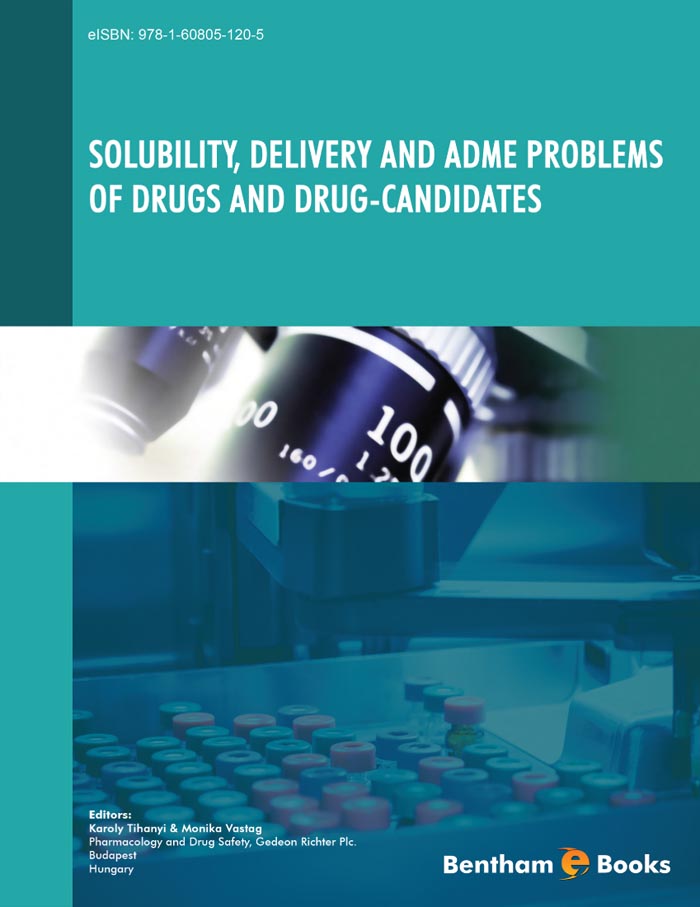The e-book “Solubility, delivery and ADME problems of drugs and drug candidates”, written by a Hungarian group of industrial and academic scientists and published by Bentham, provides the reader with a very thorough and detailed treatment of the state-of-the-art of pharmacokinetics (PK). There are several important points that I would like to emphasize regarding this e-book.
PK is a quantitative science, whether considered from an in vivo, in vitro or in silico perspective. From the very first article, the book provides substantial quantitative information about various in silico approaches to predicting simple and more complex physicochemical and ADME properties. Such a collection of in silico approaches in a single place deserves to become a prime source of information for all scientists dealing with the PK properties of molecules in the various stages of drug discovery and development.
The physicochemical characteristics of drug molecules and their relations with various ADME/T processes constitute an important theme in many of the chapters of this book. The better we understand the relationships between physicochemical factors and ADME/T processes, the better our ability will be to select molecules in the early phases of drug development for further development. Predictions based on physicochemical properties are not, and may never be, 100% accurate, but a comprehensive view of such properties as early in the process as possible will help enormously in both the early and the later stages of the development process.
The majority of the chapters also contain descriptions of the theoretical background of a given phenomenon. These descriptions are very useful for scientists who are not working directly on a particular area, but who still need and will make use of the results obtained. Scientific literature often assumes that the reader is familiar with the relevant theoretical background, but as all of us know from our own all too frequent experience, even basic knowledge may be deeply buried somewhere in our brains’ circuitry and may not easily downloadable.
Methodologies and techniques are always at the heart of biomedical research, and this e-book contains several in-depth treatises on transporters in general and transporter functions at the blood-brain barrier in particular. These treatises are very comprehensive in their coverage of the subjects, and penetrating in style. One chapter that I found especially interesting deals with “transporterization”, which makes use of drug modifications for efficient delivery via influx transporter proteins in, for example, the blood-brain barrier. The sections dealing with advances in the drug delivery of larger molecules also made for highly interesting reading.
Some subjects, such as those dealing with factors affecting intestinal absorption or the induction and inhibition of drug metabolism, are more familiar to me, but still made for very interesting reading and would offer readers who are less familiar with these fields a comprehensive view of the state-of-the-art in these areas. I was delighted to find a table comparing a number of gastrointestinal parameters in different species, which I had recently searched for but had found rather difficult to find.
Even for a scientist who has been involved in PK research and drug development research for a lifetime, the entire e-book was very interesting and provided many insights into subjects that were less familiar to me or more removed from my current focus. The authors of this e-book are to be congratulated on a job well done!
Olavi Pelkonen
University of Oulu, Oulu,
Finland

